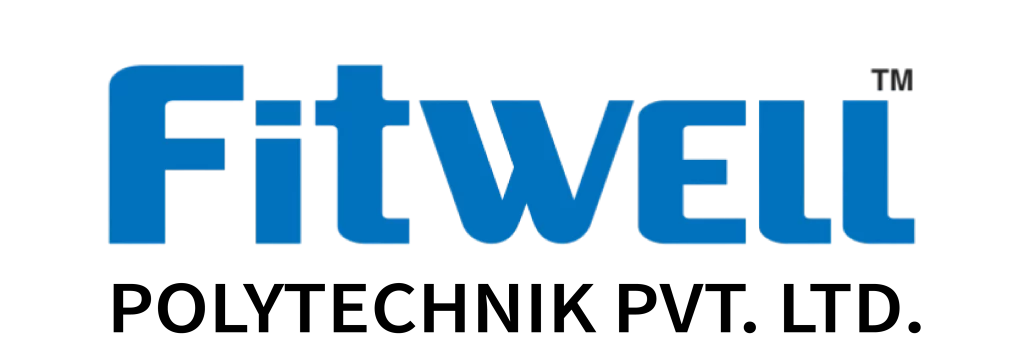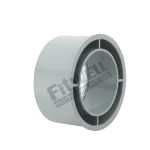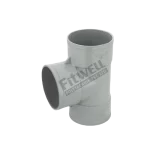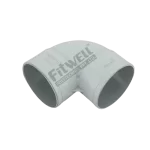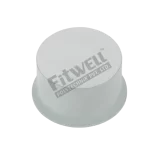How to Maintain Your UPVC and CPVC Plumbing System for Longevity
Introduction
UPVC (Unplasticized Polyvinyl Chloride) and CPVC (Chlorinated Polyvinyl Chloride) plumbing systems have become popular due to their durability, cost-effectiveness, and resistance to corrosion. However, like any plumbing system, they require regular maintenance to ensure optimal performance and longevity. In this guide, we’ll cover maintenance tips for homeowners and businesses to keep their UPVC and CPVC plumbing systems in top condition. By following these guidelines, you can avoid common issues, extend the life of your pipes, and maintain a safe, efficient water supply.
Understanding UPVC and CPVC Plumbing Systems
Regular maintenance is key to keeping your UPVC and CPVC plumbing system functioning correctly. Here are some tips to ensure the longevity of your pipes:
1. Regular Inspections
- Frequency: Conduct visual inspections at least twice a year to check for signs of leaks, cracks, or discoloration.
- What to Look For: Pay attention to pipe joints and fittings, as these areas are more prone to leaks. Look for signs of mold, water stains, or corrosion around the pipes.
2. Proper Cleaning
- Avoid Harsh Chemicals: UPVC and CPVC pipes are resistant to many chemicals, but using harsh cleaners can cause damage over time. Opt for mild, eco-friendly cleaning solutions.
- Flush Pipes Periodically: Regularly flushing your pipes with water can help remove sediment build-up and prevent clogging. For CPVC systems, ensure the water temperature does not exceed the recommended limit (usually around 93°C or 200°F).
3. Temperature Control
- Avoid Overheating: For CPVC pipes used in hot water supply, avoid exceeding the maximum temperature rating. Installing a temperature control system can help protect the pipes from potential heat damage.
- Insulate Outdoor Pipes: Insulate exposed UPVC and CPVC pipes, especially those installed outdoors, to prevent damage from freezing temperatures.
4. Check for Water Pressure
- Monitor Pressure Levels: High water pressure can strain your plumbing system, leading to leaks or burst pipes. Use a pressure gauge to ensure that the water pressure stays within the recommended range (usually 40-60 psi for residential systems).
- Install a Pressure Regulator: If you notice fluctuations in water pressure, consider installing a pressure regulator to protect your pipes and fittings from damage.
5. Use Proper Fittings and Connectors
- Choose Quality Pipe Fittings: Invest in high-quality fittings, such as those from reputable brands like Fitwell, to ensure a secure, leak-proof connection. Poor-quality fittings can weaken the system and lead to water leaks or contamination.
- Inspect Fittings Regularly: Check all pipe fittings for signs of wear, rust, or looseness. Tighten or replace any damaged fittings immediately to prevent leaks.
How to Prevent Common Issues with Pipe Fittings
MDPE fittings are preferred in many industries due to their distinct advantages over traditional piping materials like metal or PVC.
1. Durability and Flexibility
MDPE fittings offer an impressive balance between durability and flexibility. They can withstand high pressure and temperature variations, making them ideal for a range of applications, including underground piping. The flexibility of MDPE also allows it to absorb shock and vibration, reducing the risk of pipe damage during installation or under external stress.
2. Corrosion and Chemical Resistance
Unlike metal fittings, MDPE fittings do not corrode when exposed to moisture, chemicals, or extreme weather conditions. This resistance ensures a longer service life, particularly in environments with high chemical exposure, such as agricultural irrigation systems.
3. Ease of Installation
MDPE fittings, especially compression and push-fit types, are designed for quick and hassle-free installation. They do not require specialized tools or skills, making them a practical choice for both professionals and DIY enthusiasts.
4. Leak-Proof Connections
When installed correctly, MDPE fittings provide leak-proof connections, minimizing water loss in irrigation systems or preventing gas leaks in distribution networks. This reliability is crucial for maintaining the safety and efficiency of piping systems.
5. Cost-Effectiveness
MDPE fittings are generally more affordable than metal alternatives and offer lower maintenance costs over time due to their resistance to wear and corrosion. This cost-effectiveness makes them a preferred choice for large-scale plumbing and irrigation projects.
How to Prevent Common Issues with Pipe Fittings
Pipe fittings are vital components of UPVC and CPVC plumbing systems. Proper maintenance of these fittings is crucial for the overall system’s efficiency and durability.
1. Avoid Overtightening
- Over-tightening fittings during installation can cause cracks or distortions, leading to leaks. Hand-tighten fittings, then use a wrench to make a final quarter-turn if necessary. Always follow the manufacturer’s guidelines for proper installation.
2. Use Compatible Materials
- When connecting UPVC or CPVC pipes to other materials, ensure that you use compatible pipe fittings to avoid corrosion or chemical reactions. For example, use brass or stainless steel fittings for connecting to metal pipes.
3. Apply Sealant Correctly
- Apply a suitable pipe sealant or thread tape to ensure a watertight seal on threaded fittings. Avoid using too much sealant, as it can obstruct the pipe and affect water flow.
Manufacturing Process of CPVC Piping Systems
Environmental Considerations for Maintenance
Maintaining your UPVC and CPVC plumbing system with the environment in mind can further enhance its longevity.
- Opt for Eco-Friendly Cleaners: Choose biodegradable, non-toxic cleaning products to prevent chemical damage to the pipes and reduce environmental impact.
- Conserve Water: Check for leaks and fix them promptly to conserve water. Regular maintenance ensures efficient water usage, which benefits both the environment and your utility bills.
Signs Your Plumbing System Needs Repairs
Regular maintenance can prevent most issues, but it’s essential to recognize when your UPVC or CPVC system requires repairs:
- Water Discoloration: Brown or cloudy water can indicate pipe corrosion or contamination within the system.
- Unusual Noises: Whistling or banging noises in the pipes often signal water pressure issues or loose fittings.
- Slow Drainage: Persistent slow drainage may suggest sediment build-up or a partial blockage within the pipes.
If you notice any of these signs, contact a professional plumber for a detailed inspection and repair.
Choosing the Right Materials for Repairs and Replacements
When it comes to repairing or replacing parts of your UPVC or CPVC system, choosing the right materials is critical for maintaining system integrity.
- Quality Pipe Fittings: Always use high-quality, compatible pipe fittings from reputable manufacturers. Fitwell offers a range of reliable pipe fittings that are designed for UPVC and CPVC systems.
- Consider Environmental Factors: Select materials that can withstand the local environmental conditions, such as UV-resistant fittings for outdoor installations.
For more information on quality pipe fittings, visit Fitwell Pipe Fittings.
Conclusion
Maintaining your UPVC and CPVC plumbing system is essential for ensuring its longevity and optimal performance. Regular inspections, proper cleaning, temperature control, and the use of high-quality fittings are key to preventing common issues like leaks, corrosion, and water pressure problems. By following these tips, homeowners and businesses can enjoy a safe, efficient, and environmentally-friendly plumbing system for years to come.
Stay on the forefront of industry trends by checking out our latest content
Stay ahead with our latest content, designed to keep you informed on the newest industry trends and insights. Discover valuable updates that help you lead in your field.

Trusted uPVC Pipes Manufacturers for India’s Top Contractors
Introduction: The Surge in Demand for uPVC Pipes Among Top Contractors in India The construction and infrastructure sectors in India have witnessed a significant transition toward sustainable and long-lasting materials.
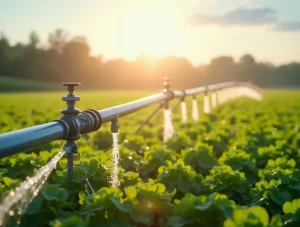
Top Innovations in Agricultural Pipe Fittings for Water Savings [2025]
Introduction to Agricultural Pipe Fittings and Water Sustainability Agricultural pipe fittings play a pivotal role in building efficient irrigation systems, crucial for modern farming practices. By exploring the versatility of

Expeart Tips from MDPE Pipe Fittings Manufacturers to Avoid Failures
Expeart Tips from MDPE Pipe Fittings Manufacturers to Avoid Failures Understanding MDPE Pipe Fittings: An Overview MDPE (Medium Density Polyethylene) fittings, used extensively in gas and water systems, offer strong,
Request a Free Consultation
Get personalized plumbing solutions with a free consultation from Fitwell.
